How to remove a stuck toe from a washing machine?
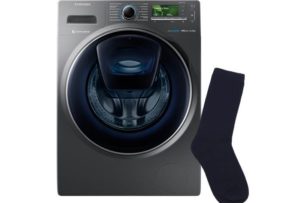 Small items of clothing, in particular socks, are recommended to be washed in special bags or boxes. However, few housewives listen to this practical advice, most just load a few pairs of socks into the washer drum and start the cycle. It is not surprising that the "one" of many will get lost in the machine. Leaving the product inside is prohibited, as it poses a potential threat to equipment. Let’s figure out how to get a sock from the washing machine yourself.
Small items of clothing, in particular socks, are recommended to be washed in special bags or boxes. However, few housewives listen to this practical advice, most just load a few pairs of socks into the washer drum and start the cycle. It is not surprising that the "one" of many will get lost in the machine. Leaving the product inside is prohibited, as it poses a potential threat to equipment. Let’s figure out how to get a sock from the washing machine yourself.
Where did the thing settle?
There are several places where the sock is probably stuck. It is better to start the test from the cavities where you can get without disassembling the machine case. And only if the product is not found in nearby places, you will have to proceed to complete disassembly of the device. First of all, it is better to inspect for the presence of a stuck small object:
- the space under the sealing cuff of the hatch door;
- tank bottom;
- drain filter and snail;
- system branch pipes.
To determine the location of the stuck toe, you must carefully feel and inspect all potential places of "shelter".
You can find the product that the machine chewed on only by manual method. This method is informative, but labor intensive. It may take a lot of time to “probe” the parts of the washer.
Search without disassembling cars
As we recommended, the search for the loss is more appropriate to start with easily accessible places of the machine. In this case, it is allowed not to disconnect the equipment from the power supply and utilities. First wide open the hatch door and bend the edge of the seal. Be careful not to damage the cuff. There is an impressive gap under the rubber band, where the sock could have clogged. If the product is visible in the cavity under the cuff, it must be carefully removed from the housing.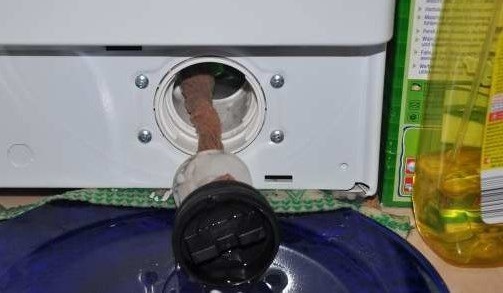
In the case when the space under the cuff was empty, you need to pull out the drain filter. It is located on the front side of the machine behind a special hatch or lower false panel of the front wall. Unscrew the filter element, not forgetting to lay a rag under the hole to collect water. Check the trash filter and the snail opening for your eyes for a foreign object.
To inspect the internal structure of the washing equipment, it is better to use a flashlight to be able to see a fragment of a lost sock in the dark.
Get to the bottom of the tank
If the "inseparable" methods were unsuccessful, you will have to put more effort into the search. First of all, it is mandatory:
- Unplug the power cord from the outlet;
- disconnect equipment from house networks;
- slide the appliance to a spacious place, convenient for further work.
Next you need to open access to the heater. The location of the part depends on the characteristics of each specific model of the washing machine. On some devices, the heater is located behind the front wall, on others - directly behind the back cover. Having unscrewed the bolts, remove the wall of the housing and look for the attachment point of the heater. Take a photo of the location of the wires after that, loosen the nut and remove the element from the housing. A small hole will open for your attention, where you can also find a stuck little thing.
Be careful with the heater;
To remove any small product that has settled in the tank from the washer, you will have to try and dismantle the heater. The heater is one of the most important elements of the machine, so you need to remove it from the case as carefully as possible. At the end of the test, it is better to treat the rubber lining of the heating element with any cleaning agent. This will provide easy further installation of the heater. If the overlay of the heater in the process of work is damaged, you can always replace it with a new one.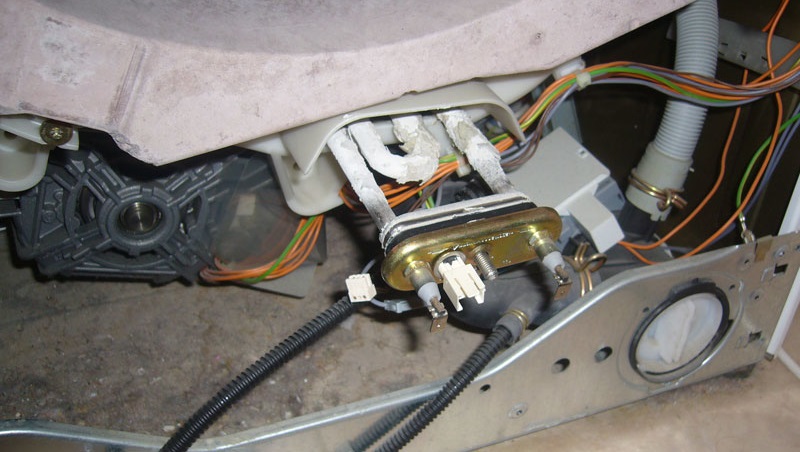
Also, if you take out the heater, you notice that it is very dirty, be sure to clean the element from debris and plaque. A lemon solution will help with this (per 1 liter of water, 200 grams of citric acid should be poured into a container). So, in addition to an effective search for the missing thing, you will take preventive measures to clean your personal "home assistant" from dirt, garbage and scale.
Interesting:
Reader Comments
- Share your opinion - leave a comment
Headings
Washing machine repair


For buyers
For users

Dishwasher


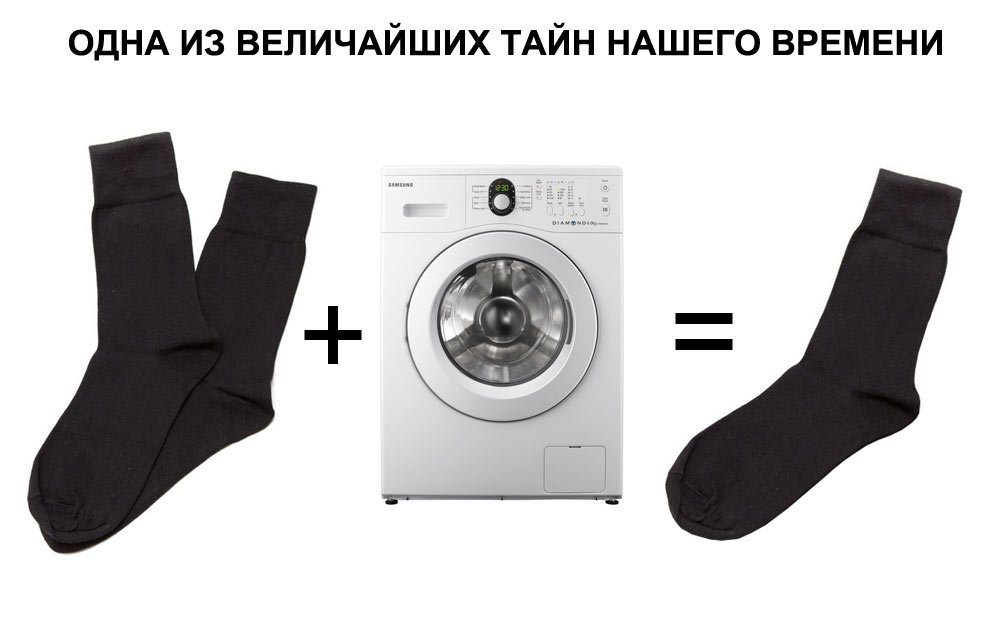
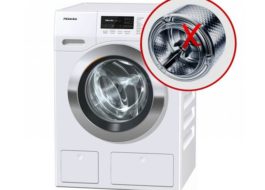

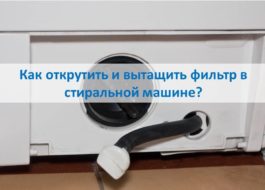
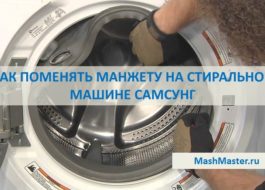











Add a comment